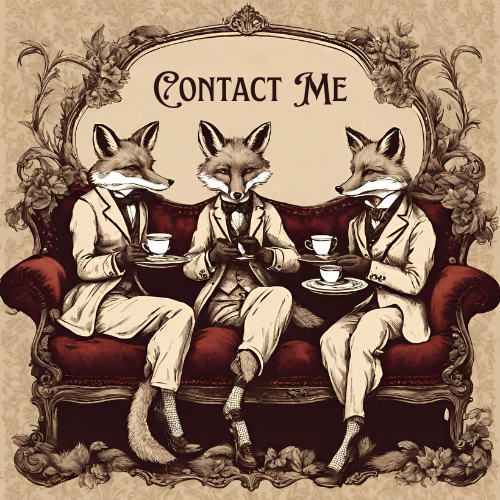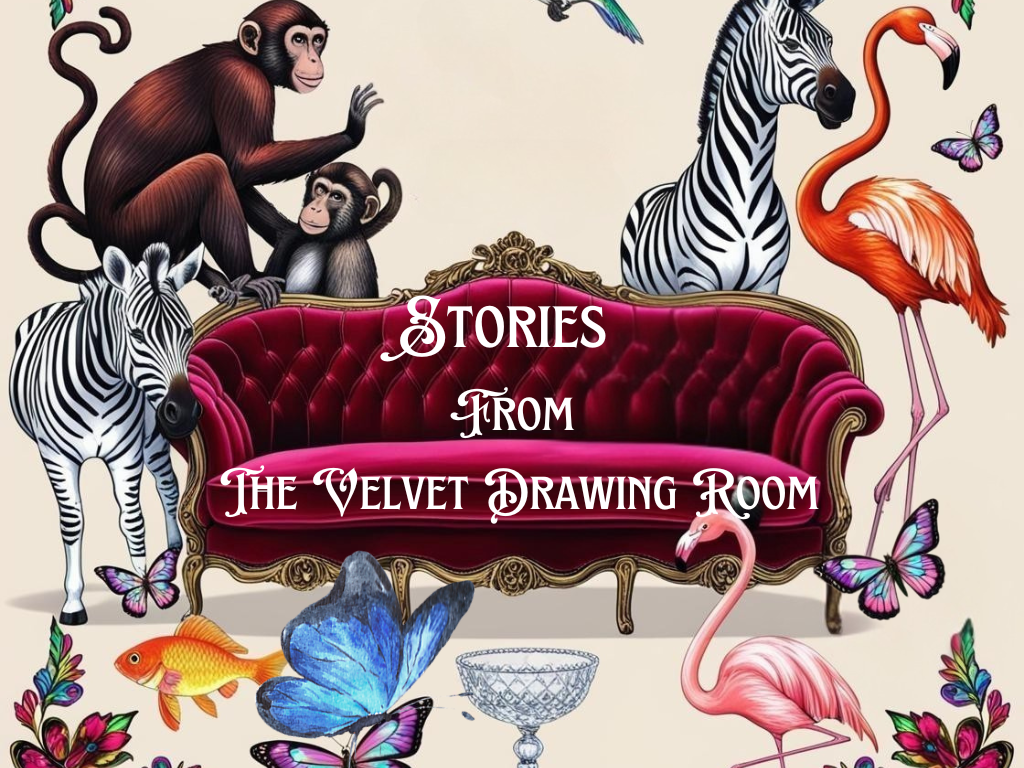
THE VICTORIANS COMMERCIALISED DEATH
The Victorian Attitude to Death.
The Victorians had a different attitude and relationship with death in the 19th century than we do today. High mortality rates meant that the Victorians were used to death and accepted it.
So, the Victorian attitude to death was that they commercialised it. They did everything from opening shops that sold funeral and mourning clothes, making fashion items out of exotic birds feathers, stuffing dead animals to display in their homes, as well as viewing dead bodies and digging them up from gravesites, experimenting on dead bodies, and reading illustrated newspapers that specialised in articles that talked of the details of death in order to entertain their readers!
When a person died, they were nailed into a coffin quickly, but there were no real checks to ensure that they were really dead and this led to a number of inventions for “safety coffins” which would allow still living people to escape if they had been buried by mistake!
VICTORIAN DEATH MEMENTOS
In the first half of the 19th century upper class women did not attend funerals because it was considered a male affair. Even Queen Victoria did not attend the funeral of her beloved Albert. Instead, women decorated the coffin before it departed and took locks of hair to be kept and encased into necklaces, brooches, and rings.
The picture opposite shows the lock of hair and the photo of Prince Albert that Queen Victoria placed into a locket and wore around her neck. Photo courtesy of The Royal Collection Trust
IN FEAR OF THE BODY SNATCHERS

Body snatchers (or Resurrectionists) made money by digging up the burials and selling the bodies to medical schools (prior to this period, medical students experimented on hanged bodies!).
Grave robbers were a common problem in Victorian-era cemeteries. They stole everything from rings and necklaces to the bodies themselves.
“Rest in Peace” is a common epitaph on older gravestones but this wasn’t just a trite phrase in the 1800s. Family members were genuinely concerned about their loved ones’ bodies resting in peace.
So, families often went to great lengths to protect their loved one’s remains after burial. Victorian families who could afford it bought metal caskets and erected iron fences.
The wealthiest Victorians would build mausoleums to safeguard their loved ones, but if you couldn’t afford that you had to take your chance and create a lasting memorial instead and hope your loved one wasn’t stolen after burial.
Grave Robbers were tempted by the money offered to them by physicians and medical schools who needed dead bodies for their anatomy classes. Grave robbers were paid the equivalent of several months of workman’s wages for just one body.
Towards the end of the 19th century people would even have photographs taken of them with their dead loved ones as a keepsake. It’s interesting to note that due to the cost of photographs at that time, the death photo may have been the only one ever taken of the individual.
SUPERSTITIONS
During this time, humanity was still learning a lot about the natural world. People were spiritual and believed in the supernatural. Because of this viewpoint, there were a number of superstitions surrounding death:
Victorians carried the deceased out of the home feet first so they couldn’t look back and call someone else to follow them.
Curtains were closed and mirrors covered until after the funeral so that the deceased’s image wouldn’t get trapped in a looking glass.
It was thought that you might be next if you saw yourself in a mirror at a house where someone had recently died.
To prevent bad luck, all clocks were stopped at the time of death.
And somewhat creepily, Victorians turned family photographs face-down to protect family and friends from possession by a spirit of the dead.
The Necropolis Railway
On 13 November 1854, the Victorians combined their love of heavy industry and heavy mourning, with the opening of the London Necropolis Railway.
On 13 November 1854, the Victorians combined their love of heavy industry and heavy mourning, with the opening of the London Necropolis Railway.
Death in Victorian London was problematic. ‘London graveyards are all bad’, the Board of Health reported, ‘differing only in degrees of badness’.
There were 200 of them covering some 218 acres and by 1842 they were having to absorb over 50,000 new residents a year. ‘A London churchyard is very like a London omnibus’, joked Punch. ‘It can be made to carry any number.’
Except they couldn’t. After a cholera outbreak in 1848, the Burial Act of 1852 closed the existing churchyard. It was, the Illustrated London News wrote, ‘the embodiment of foregone conclusions’. The government then contracted a railway company to ferry the dead and their loved ones from central London to a new 2,000-acre site, 20 miles away in Surrey.
The Necropolis Railway was born, bringing together two things at which the Victorians unarguably excelled: heavy industry and heavy mourning. Funeral prices varied, ranging from £21, 14s for first class to £3, 9s for fifth, the ‘Walking Funeral’.
The service started on 13 November 1854, running out of a purpose-built annexe at Waterloo. It had two platforms, one for the living, one for the dead. The journey took half an hour. You could be there and back in two hours, interment included. Time, for the living, was still precious.
VICTORIAN FEAR OF MONSTERS

Gothic fiction peaked in the Victorian era and reflected the obsession with death, and particularly with the fear of monsters. In popular culture you see Robert Louis Stevenson’s story of Dr. Jekyll and his alter ego, Mr. Hyde. Stories of Count Dracula were also popular, as was Frankenstein.
The Metropolitan Police Force was created after a sharp rise in crime in London. Hardly surprising given the swelling of the population.
Unsolved murders were not uncommon and the vast majority of them were murdered prostitutes. In 1888 the corpse of Mary Ann Nichols was found butchered in the Whitechapel area of London.
It was damaged in such a horrific way that it was deemed the work of a true madman. More bodies were found over the coming weeks and the police received a letter from the killer, signed “Jack The Ripper”. And so, the legend of the serial killer was born. No one ever discovered the identity of Jack The Ripper, who mysteriously disappeared from the Victorian slums where he claimed his victims.
Discover more from thevelvetdrawingroom.co.uk
Subscribe to get the latest posts sent to your email.




















